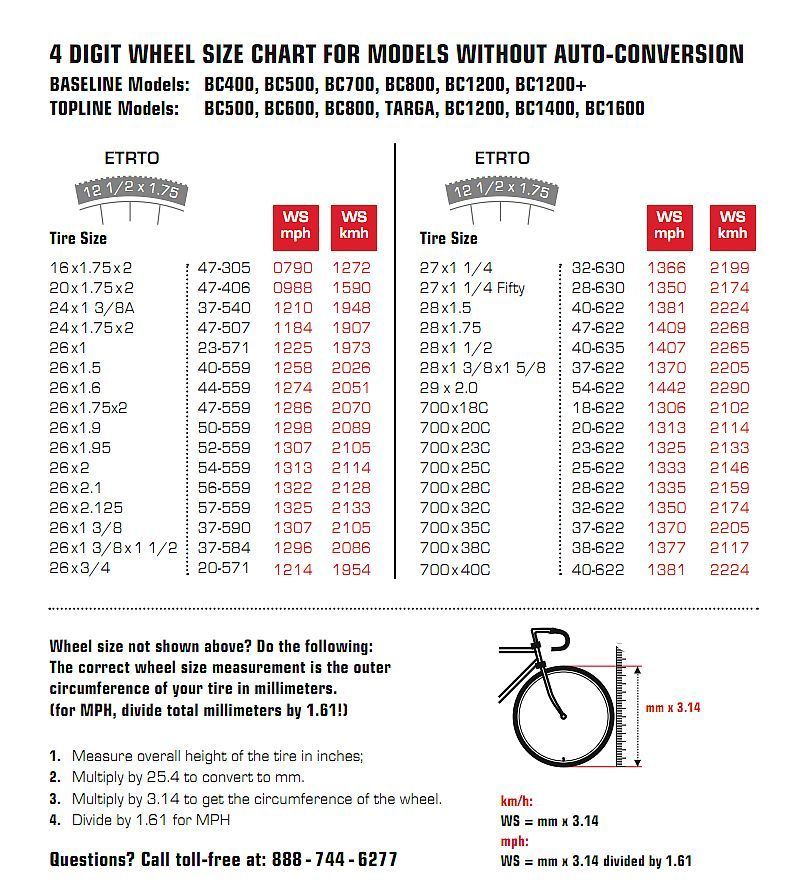By Tony K | Mountain Bikes
Mountain bike tires wear down slowly over time, and it can be difficult to know exactly when you should replace them. Many times, they are replaced when they still have plenty of life left in them.
You should look to replace your mountain bike tires when the knobs in the tread are more than halfway worn down, you can see the threads beneath the rubber in places, the tire has bulges in some spots, the tire won’t hold pressure, or there is excessive cracking in the tire from dryrot.
Aside from the tires not having the same traction and handling as usual, there are some signs of what to look for to know you will have to get new tires in the near future.
Generally speaking, these are the signs that your bike tires are worn and need to be replaced:
Any one of these is caused to get new tires. It’s just not worth the risk if you’re not 100% sure they’re safe after examining them. Replace tires when it’s time to avoid an accident.
Bike tires never last as long as any of us would hope, but there are some things you can do to get a little more life out of them.
 This generally gives you an idea of how long the tires will last and gives you an idea for when they’ll wear out.
This generally gives you an idea of how long the tires will last and gives you an idea for when they’ll wear out.Whether you have mountain bike tires or road bike tires, the same important maintenance guide applies to help get the most out of your bicycle tires and will give you the most time before you need to replace bike tires.
Make sure you check the tires before every ride.
Make sure you are aware of times when the tires slip when they should grip.
Make sure to take note of cracks in the sidewalls and the tires needing to get topped off with air regularly.
Most of these tires fall in the $50-60 range and it’s not worth sliding into a tree or slipping and hitting your face on the handlebars.
If in doubt, replace the tires. Don’t wait until you’re jumping on a trail to worry about if your tires are up to the task. Just that simple.
Just that simple.
If the trails you ride are soft dirt then you will get a lot of life out of your tires. If the bike takes turns without slipping, then you’re plenty good.
If you ride on either pavement or rocky trails, then your tires are going to take a lot of wear. Roots and sharp rocks will take small chunks out of your tire treads and wear down the knobs very quickly. This type of downhill trails take a lot out of your tires and will noticeably shorten your tire life compared to more gentle terrain.
How many miles you get out of a set of bike tires depends on the tire and where you’re riding your mountain bike. Generally speaking, many tires used in non-extreme conditions can expect around 2,000 miles. If you ride a couple times a week, that’s an average tire life expectancy of around 1.5 years.
| Tire Type | Expect Mileage Tire Should Last |
| Road Tires | 1,000 to 3,000 miles |
| High-End Tires | 2,500+ miles |
| Racing Tires | 1,000+ miles |
| Touring Tires | Up to 4,000 miles |
| Trail Tires | 3,000 miles to 8,000 miles |
Mountain bike tires will typically last for 3,000 to 8,000 miles. If you use the mountain bike on trails with sharp rocks and roots, expect the lifespan to drop radically to perhaps 1,000 miles. If you ride more mild trails like cross country then you should be able to easily get 3,000 miles out of the tires.
If you use the mountain bike on trails with sharp rocks and roots, expect the lifespan to drop radically to perhaps 1,000 miles. If you ride more mild trails like cross country then you should be able to easily get 3,000 miles out of the tires.
Tires like trail tires and touring tires are durable because they often are used on more technical terrain. Things like sharp rocks can radically cut down on how long a tire will last when the terrain is taking chunks out of the tires.
OutdoorGearLab has a nice writeup comparing 24 of the top tires and one of the big factors is tire longevity. Generally speaking the Maxxis line does quite well with a balance of performance and tire longevity. Sad to say I’m a fan of the Maxxis Ardent and it scored a little less by the numbers than I feel by the seat of my pants riding.
So the terrain is a huge factor when you’re talking about how long bike tires will last and how quickly you’ll have to replace them. The average lifespan really depends on the type of tire, how well it is made, and the terrain it’s used on.
Checking your tires before every ride or at a minimum of twice a week if you ride frequently is the best way to catch problems before they get too big. Prevention is the best way to avoid major issues.
Slowly spin the tires around and look for cracks, debris stuck in the tires like glass, or a loss of tire pressure. Any of these signal tire degradation and it’s best to be proactive and replace them.
Sometimes these things can pop up unexpectedly when you’re out riding. Bringing a tube repair kit and a small air pump should be a normal part of what you bring with you when biking. Sooner or later it happens to all of us and if you’re prepared it’s no big deal.report this ad
While you can get it done at a bike shop, replacing a tire yourself is pretty easy once you do it the first time. The front bike is just loosening a couple of the bolts on the fork to pop off the rim and tire, but the back one has the chain and everything else going to it so it’s a bit more work.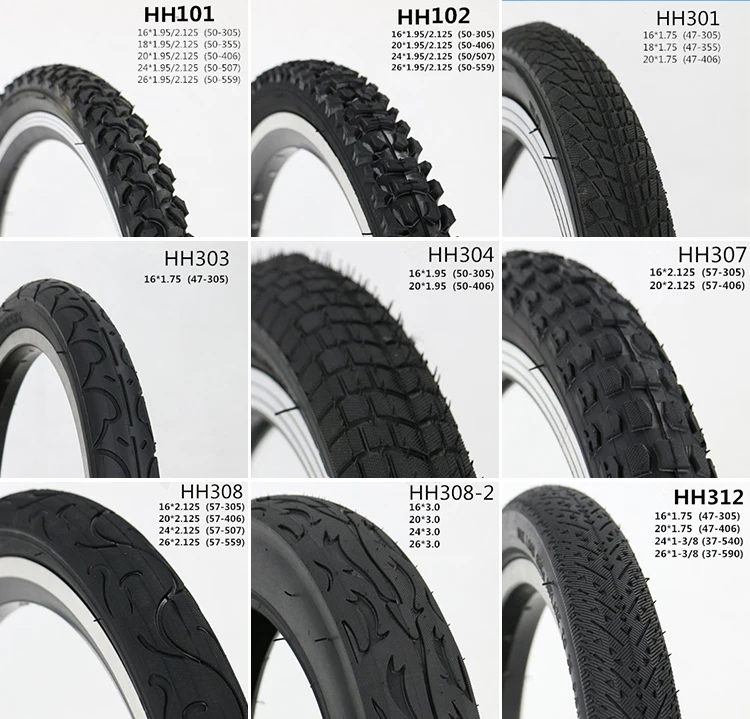
However, I definitely thinking learning how to do it yourself is needed for every mountain biker because if you get a flat while you’re out riding, you’ll have to take off the tire to patch the tube. So learning it at home is much easier than trying to learn it while you’re stranded on a trail.
Here are the basic steps to replacing your mtb tire:
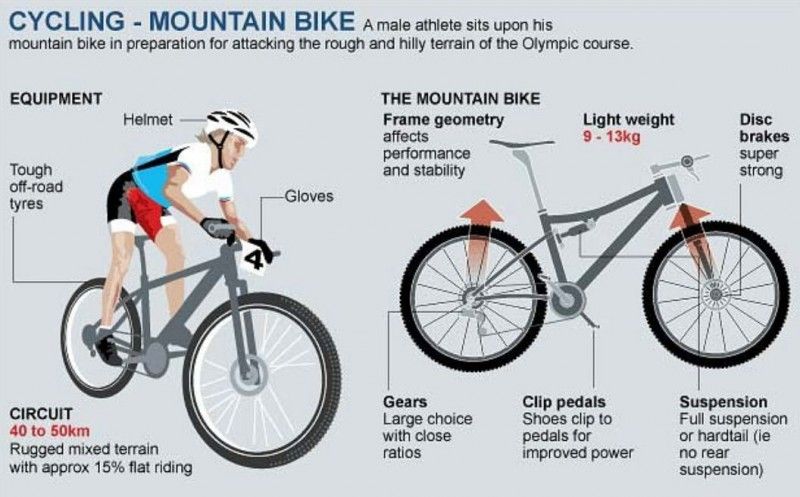
Bike shops can pop off the tire and tube in no time flat. It’s what they do.
Typically mountain bike tires run from $40-$90 for a quality tire, and then the cost of getting it mounted if you’re not doing it yourself.
However, like I said above, learning how to service your own bike is a necessary skill for every mountain biker. So order in the tire, and a new tube (might as well do it at the same time), and it’s something you can easily do at home. Learning to put on a replacement bike tire yourself is a valuable skill to learn.
Typically on mountain bikes, the back tire will wear down before the front tire.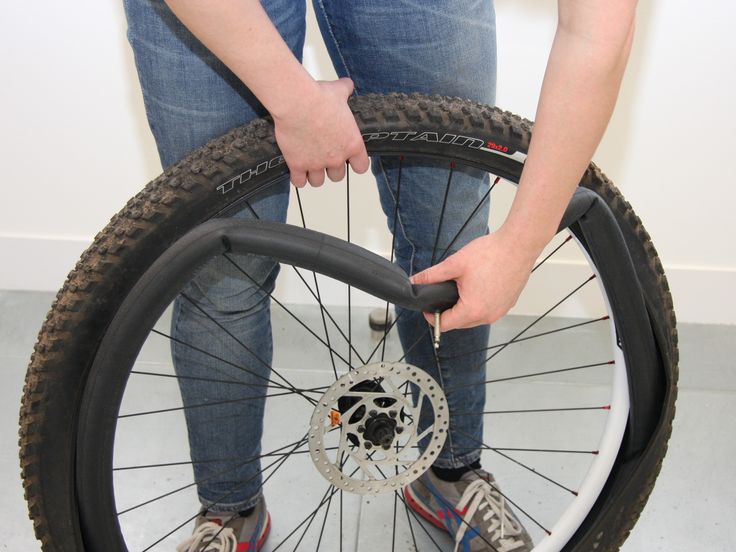
Should you replace just the rear tire or replace both tires?
You should replace both tires and I’ll tell you why. While the rear tire has tread worn down, the front will still look fairly new.
However, the front is taking all of the hits on the road, a majority of the debris, and much more. The front tire is not as new as it seems.
Unless I’m very sure the front tire is in great condition, I change both of my tires at once (or the front tire not long after the rear), and I save the old front tire as a spare.
It’s a little bit like how you change both headlights at once in a car once one bulb goes out … they both take the same wear and tear and usually the other is going out soon after.
I am a mountain biker among other things and I enjoy writing about both topics I know but also about new things about mountain bikes that I learn. If you enjoy tackling trails and tracks and everything in between, then this is the blog for you.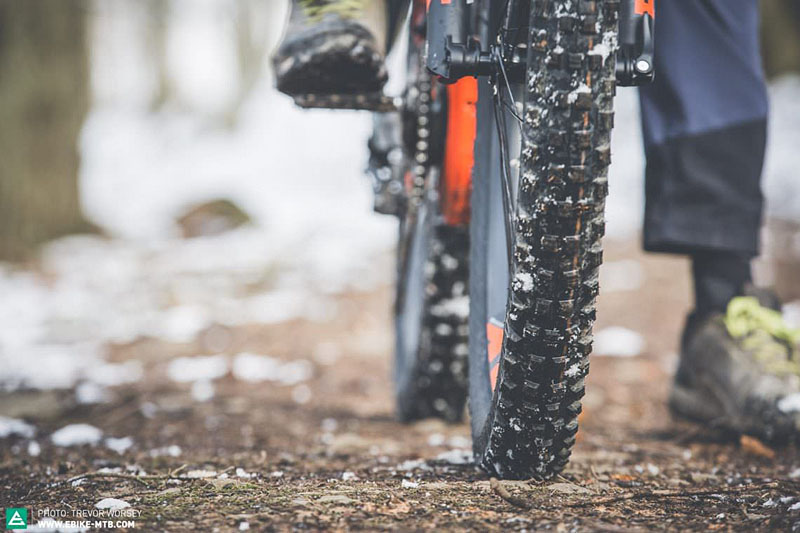
Many mountain bikers replace tires that are still in good condition. Maybe they’re old, show some wear or don’t look fancy anymore, it’s still a waste of money.
So when should you replace your MTB tires? If your knobs have rounded edges and lost 50% depth replace your tires. When the fabric has been damaged or shows signs of irregular appearance, or treads become visible, it’s time to get a new tire. Anything before that stage is fine, anything after needs replacement.
Failing to replace your tires can cause all kinds of problems. Having to walk home in one piece and cursing yourself for not inspecting your tire in the first place. I remember walking home in a thunderstorm and not feeling very safe, I wasn’t happy with myself not inspecting my tires before going for a ride.
It’s not the end of the world, tires aren’t the most expensive part of your bike but you really want to replace them before they fail you.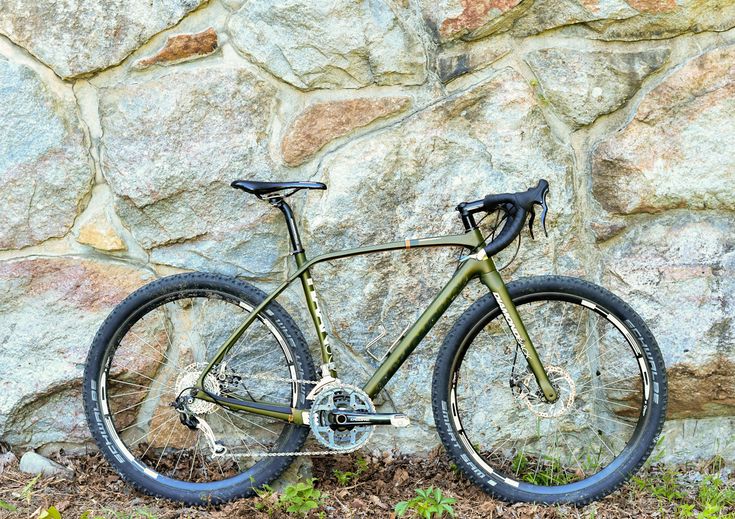 This is a short guide on how to spot wear and tear, how to get the most out of your tires and how to fix them. I did some digging because my tires are starting to wear and here’s what I learned.
This is a short guide on how to spot wear and tear, how to get the most out of your tires and how to fix them. I did some digging because my tires are starting to wear and here’s what I learned.
Contents
Don’t replace your wheels because they don’t look as fancy as they used to unless you like to waste money. Here’s what to check for to make sure your tires are still in good condition.
Don’t worry about cracks in the tread, they are harmless. I also wouldn’t worry about small cracks caused by sharp rocks, glass or thorns. Your outer tire can deal with this and it doesn’t need to be airtight. Even if your riding tubeless the sealant will fill the small holes.
I also wouldn’t worry about small cracks caused by sharp rocks, glass or thorns. Your outer tire can deal with this and it doesn’t need to be airtight. Even if your riding tubeless the sealant will fill the small holes.
Don’t brake and skid on concrete, asphalt or anything that has a lot of friction. While sometimes you really don’t have a choice don’t do it when it isn’t absolutely necessary. Proper inflation is key here. Make sure the pressure is according to the standards that apply to your tire.
You can use apps like Strava to track your mileage and add your bike components to keep track of them. Though you can’t accurately plan when parts need to be replaced, at least you have an idea on the mileage and hours you actively used them.
Avoid heat, high temperatures will make your tires wear down faster. Don’t let your bike near any heaters and even ozone can damage your tires if exposed for too long.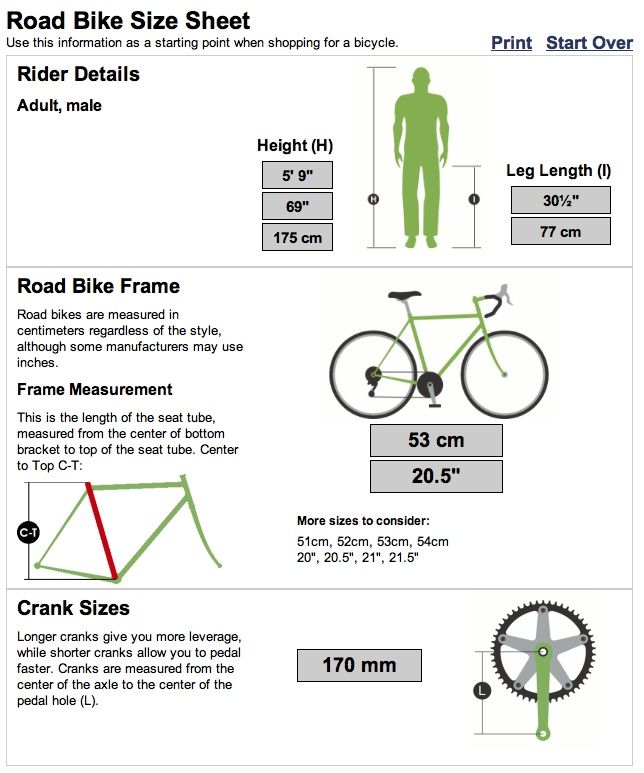 Don’t worry though, I’m talking about long exposure in the sun. Your tires won’t explode from just riding on a sunny day, they’re not vampires.
Don’t worry though, I’m talking about long exposure in the sun. Your tires won’t explode from just riding on a sunny day, they’re not vampires.
Swap your front and rear tires if they aren’t front and rear-specific. Keep in mind though that you need more traction on the front tire. It’s better to have a back tire that slides out than your front, though my dentist disagrees. This is a great way to get the most out of your wheels but some riders wear out the back tire sooner than their front.
Still, if you have to buy a new tire, place it at the front and move it to the rear later. If you really want to save money, make sure to swap the tires before the rear wears down too much.
Make sure to check your tires often when you deal with rocky and dry conditions, tires wear down faster in these harsh environments. If you come across cuts in your sidewall replace them rather sooner than later.
If you only ride in soft, fresh and clean dirt, your tires will last a long time.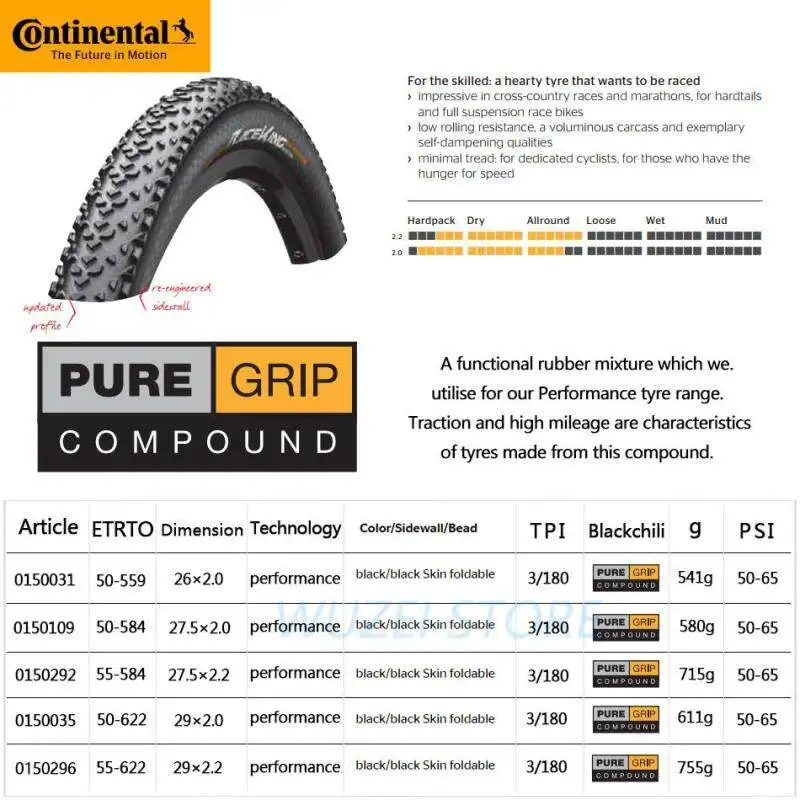 Your tires will keep traction and wear slowly. If your tires show signs of wear you shouldn’t worry about it too much. As long as you can maintain traction you’re good.
Your tires will keep traction and wear slowly. If your tires show signs of wear you shouldn’t worry about it too much. As long as you can maintain traction you’re good.
Rocky terrain is pretty bad and will wear will show a lot sooner compared to loamy and organic terrain. Dry and rocky environments demand a lot from your tires and you get way less mileage out of them compared to smooth pavements or tracks.
How long your MTB tires last depends on where you ride and the quality of your tires. On average MTB tires should at least be able to last 3200 to 8000 miles. That’s quite a difference but if you ride sharp mountain rocks they might even go below.
The lifespan of your tires depends on where and how often you ride. If you only ride trails your tires will last longer then when you’re riding on roads. If your trail is covered with angular sharps gravel they might wear down sooner. If you’re really unlucky a sharp rock might hit the side of your tire and it can be all over.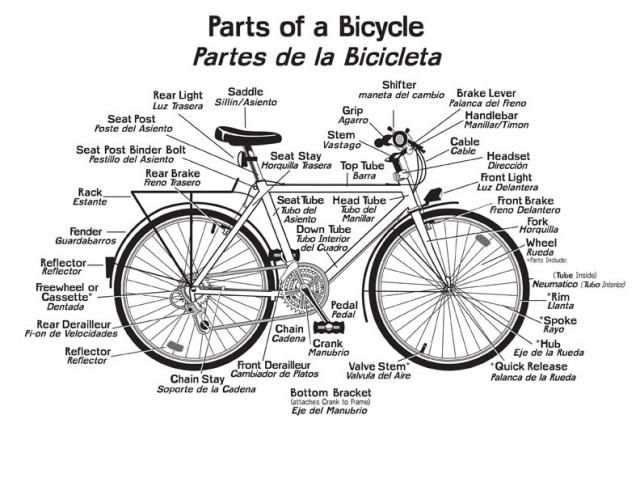
While this doesn’t happen frequently it’s important to be prepared. Better to fix it quickly and get back than to have to walk.
I recently came across a tire that lives up to its promise, it’s affordable an probably the best bang for your buck. I’ll update this post later and drop a link later.
Check your tires occasionally, especially if your ride frequently and extensively. Use a bright ceiling light, spin your tire around slowly and check for cuts or embedded wires. Try superglue or Shoe Goo to fix anything out of the ordinary.
Make sure you carry a patch kit, it’s small and can save you a long frustrating walk. It’s important to have everything small and compact so it doesn’t get in the way. There are lots of repair kits around which you can easily take with you without becoming a nuisance.
Prevention is probably the best course of action, but accidents happen and it’s always a good thing to be prepared.
Ok, not the most fun job but it isn’t really hard to replace your tires. The front is a piece of cake but the back might give you some headache. If you’re the lazy type just go to your local bike shop and let them do it. The fastest way is to do it yourself, LBS often have a queue and it can take a few days before you can pick up your bike depending on the time of year.
Anyway, if you do it once, it’s going to be much easier next time. Check out this video and learn, the guy shows exactly how it’s done without boring you with fluff.
How much does it cost to replace MTB tires? This really depends on what your local bike shop labor rates. These guys are experts and they’ll swap them before you can even blink. It doesn’t cost that much, you’ll need to pay for the new inner tube and tire of course. Tires range from $20 to $85, save some money and do it yourself.
These guys are experts and they’ll swap them before you can even blink. It doesn’t cost that much, you’ll need to pay for the new inner tube and tire of course. Tires range from $20 to $85, save some money and do it yourself.
How much it cost to straighten a wheel? This depends on the severity of the deformation, sometimes it takes only 5 minutes and sometimes it’s beyond repair. Ask your guy at your lbs to see what they can do for you.
What’s the optimal PSI for my MTB tires? It depends on the tire, your weight, and the specified range. Check the manual or look up the specification from the manufacturer. Some riders like to deflate their tires a little to get more traction on trails. When it comes to roads, you’re better of inflating them to reduce friction.
Ruben
I always had a thing for cycling sports and love almost anything that involves bikes and boards. I work part-time as a designer in the tech industry and work on my blogs whenever I can.
When buying a bicycle for themselves, many do not even think about the fact that the convenience and comfort when riding it is achieved by properly selected tire pressure. The service life of the bicycle, the speed of riding, the degree of tire wear, safety, control of the two-wheeled friend depends on how the wheels are inflated.
Many cyclists believe that inflating the tires is only necessary for a good bike ride. However, flat tires have a wider area of contact with the road, which means that grip will be better, but it will be very difficult to accelerate to a speed of 30-35 km / h on such tires.
When inflating your tires, you should always consider the type of terrain or surface you will be driving on. If the walk is supposed to be on an asphalt road, the tire pressure of the bicycle should be close to the maximum allowable value. Elastic wheels on a flat surface will provide a smooth rolling and high speed of movement.
For cross-country riding with unpaved paths, it is better to set the tire pressure to medium tolerable, so that you can ride long distances in comfort and convenience. At high pressure, the grip of the wheel with the road will be minimal, respectively, all holes, pebbles, and bumps on the road will be sensitive. And with flat tires, the likelihood of damage to the wheel or puncture of the chamber increases.
In order to protect yourself on the road, as well as to keep the bike or its individual parts intact, you need to know exactly the lower and upper limits of permissible values, to what pressure the bicycle wheels can be pumped.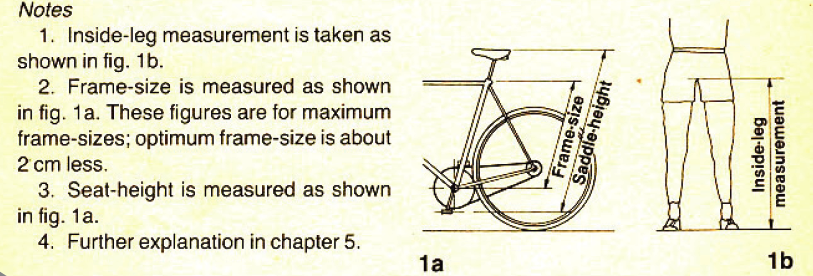
Information about tire pressure gives you an advantage when cycling:
Forget the old "grandfather" way to check the wheel with finger pressure. No need to rely on tactile sensations, trying to feel with your hand the degree of rubber penetration on the tire. The air leaves the wheel gradually, through the pores in the rubber. Within 2-3 weeks, the pressure decreases by 0.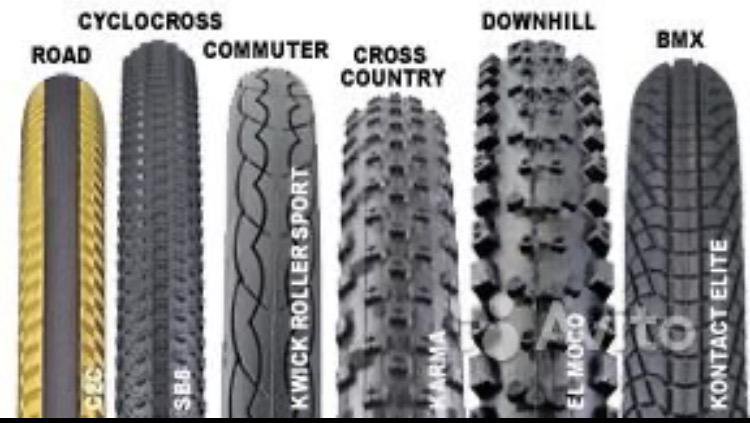 1-0.2 atmospheres, but you cannot determine this with your fingers. The exact value at any time will help determine the pressure gauge that every cyclist should have in his arsenal. With its help, it is simple, with a minimum error, the level of pressure in bicycle tires is measured. A pump with a pressure gauge (floor or manual) will become an indispensable tool for cyclists.
1-0.2 atmospheres, but you cannot determine this with your fingers. The exact value at any time will help determine the pressure gauge that every cyclist should have in his arsenal. With its help, it is simple, with a minimum error, the level of pressure in bicycle tires is measured. A pump with a pressure gauge (floor or manual) will become an indispensable tool for cyclists.
There are three standard values in which bicycle tire pressure is measured.
kPa = 14.504 PSI
All these units are used to some extent - in different countries, by different manufacturers. For residents of Russia and the post-Soviet space, the change in bars is more familiar, since this unit is clearly associated with the pressure of the 1st Earth's atmosphere at ocean level. In America and Western Europe, a popular unit is PSI, as they actively use pounds and inches in measurements. Pascals are the least used unit of measurement, but the most modern. Some bicycle manufacturers write data on the wheels about the allowable pressures in all three systems.
Pascals are the least used unit of measurement, but the most modern. Some bicycle manufacturers write data on the wheels about the allowable pressures in all three systems.
Manufacturers indicate on the sidewall of the tire how many atmospheres to pump the bicycle wheels. Specifies the range within which the owner of the "iron horse" determines the desired values, depending on the specific factors of riding his bike. Values in the range are labeled from min to max, in two or all three dimensions. Numbers up to 10 are atmospheres (or BAR), tens-hundreds are PSI, and six-digit values \u200b\u200band with the prefix “k” / kilo are Pascals.
When inflating a tire, you must strictly follow the manufacturer's recommendations and try not to go beyond both the minimum and maximum pressure levels indicated on the tire. Moreover, it is better to leave a small margin of 0.2-0.5 BAR, both in one direction and in the other, so that the tire does not burst.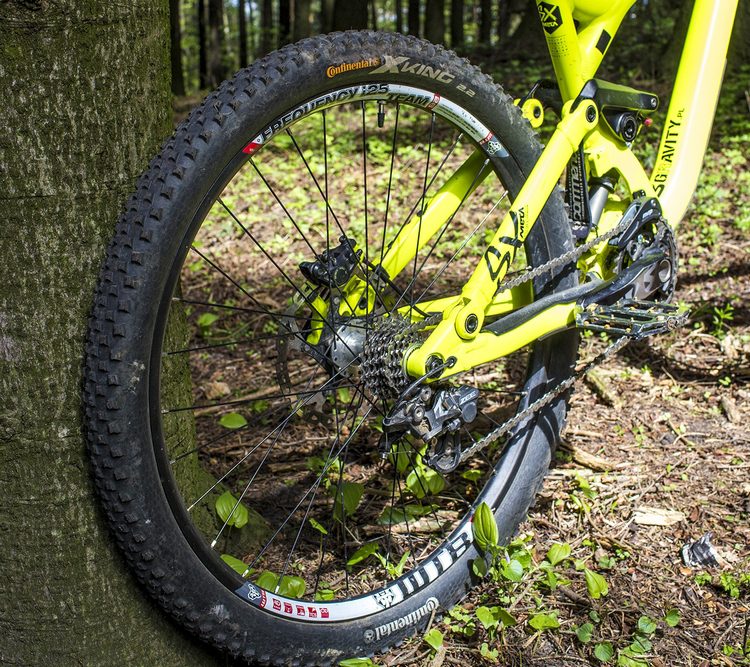
The pressure in the wheel is kept by the tire, not the tube, so there is no single standard for its value. There are several significant factors that determine how much you need to pump the wheels on a bicycle.
Tire type is determined by the surface of the track that the cyclist will predominantly ride on. Accordingly, the level of inflation of the bicycle wheel will be different. There is a direct dependence on the roughness of the tread and the width of the wheel - the more lugs and the wider the wheel, the lower the pressure should be. Empirically, cyclists quickly determine how many atmospheres should be in the tires of their bicycle
Many cyclists do not think about the fact that air temperature affects the pressure level in bicycle tires. From the course of school physics, we recall that when heated, bodies expand. This means that in hot sunny weather, the pressure inside the air chamber will increase without additional pumping.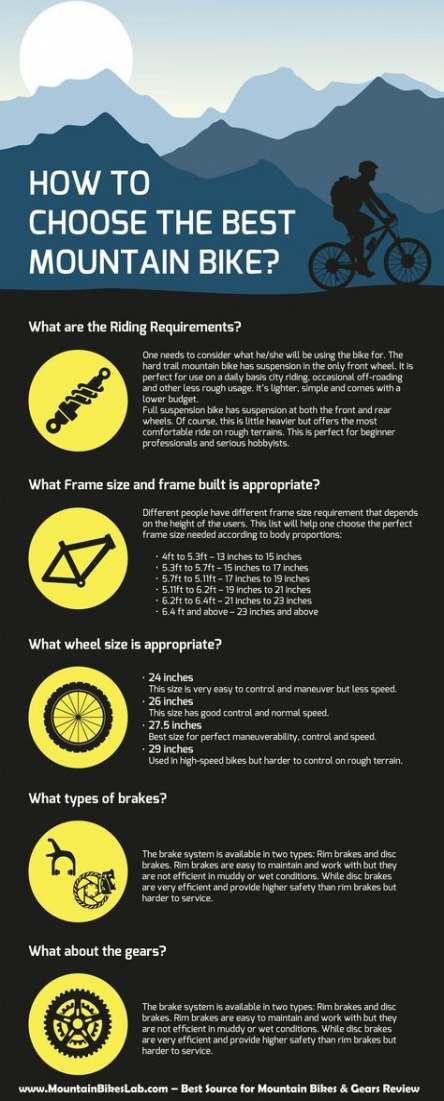 Conversely, on cold winter days, a decrease in tire pressure is quickly felt due to low temperatures. So, when going for a bike ride in the cold season, the pressure indicators need to be adjusted a little higher than usual, and in the summer heat, let the air out a little. It is worth noting that when going on a bike ride, you should always take into account the weather conditions.
Conversely, on cold winter days, a decrease in tire pressure is quickly felt due to low temperatures. So, when going for a bike ride in the cold season, the pressure indicators need to be adjusted a little higher than usual, and in the summer heat, let the air out a little. It is worth noting that when going on a bike ride, you should always take into account the weather conditions.
It is important to consider the load on the bike created by the weight of the rider, especially the fact that most of it is on the rear wheel. Therefore, the degree of its pumping should be slightly higher than the front, the optimal difference is 10%.
To calculate the optimal tire pressure for a bicycle, given the weight of its rider, you can use the table:
Rider weight (kg) Pressure (atmosphere) Pressure (PSI)
The nature, riding style and type of bicycle also affect tire pressure. Buyers who prefer an active pastime often opt for mountain bikes with 26-inch wheels, which ride well both on city streets and in rough terrain.
To understand to what pressure to inflate the wheels of a bicycle, it is necessary to take into account the features of both the bike itself and other, at first glance, weightless factors. For example, weaving threads on a tire, rim thickness, driving style. The likelihood of a tire coming off a wide rim is much less than a narrow rim, because a wider rim will hold the tire better than a thin one. Mountain biking already by its name suggests the presence of a difficult surface on the track, with possible obstacles and bumps. The driving style is more aggressive than on a smooth, calm trajectory, it obliges you to increase the tire pressure to a level slightly less than the upper limit.
The diameter of the wheel will also affect the selection of the optimal pressure value, since the larger it is, the higher the volume of air pumped will be. However, for mountain bikes it is not so important whether the wheel diameter is 26 or 29 inches, it is much more necessary to pay attention to the parameters of the rider's weight and the type of track.
There are no hard and fast rules about how much you need to inflate the wheels on your bike. There is common sense, experience, practice. Manufacturers can recommend certain values, but only the owner himself will determine exactly which road he will ride, in what weather conditions he will drive, take into account his weight parameters or not. The decision, what pressure in the wheels will be ideal, is sure to be found.
Consumer disputes over the age of tires have not subsided for several seasons. Buyers are excited that the warranty period for tires is limited to 5-6 years according to GOST, and after the expiration of this period, the rubber becomes unusable.
Is this really the case, read this article.
Manufacturers of most brands on their products set Shelf life is 5 years and service life is also 5 years .
The shelf life of a tire is the period during which it retains its performance when properly stored.
The end of this period does not mean that the tires have become unusable . A shelf life of 5 years is given by manufacturers because, by law, they cannot set a shelf life higher than the service life. Tires over 5 years of storage cannot be called damaged or defective, their technical characteristics may be slightly reduced. American researchers argue that the period of storage of "shoes" must be at least 10 years. Experts from Germany are sure that it cannot exceed 6 years.
The expiration date of tires is the warranty period during which the manufacturer is responsible for the quality and condition of the tire if it was used for its intended purpose without violating the operating rules.
According to Russian legislation (GOST 5513, GOST 4754-97) , the service life of tires is 5 years from the date of manufacture.
How can I find out the date of manufacture of tires?
You can find out the age of tires by a special DOT code. Tires manufactured after 2000 in the DOT code contain two pairs of numbers, where the first pair indicates the week number of the year, and the second pair indicates the year. Earlier tires before 2000 have 3 numbers in their composition, where the first two digits are the week number, and the last one is the year (see the transcript in the photo).
Determination of the average shelf life of a tire according to GOST and operating conditions.
- The symbol ZR denotes tires for high-speed cars. They are recommended to be used at speeds over 240 km/h. up to 6 years
- Tires with the H symbol are used at a maximum speed of 210 km/h. within 5 years.
- The sign S symbolizes the maximum permissible speed of 180 km/h. and operational period of 4-5 years.
Most tire manufacturers do not agree that tire life is limited to 5 years.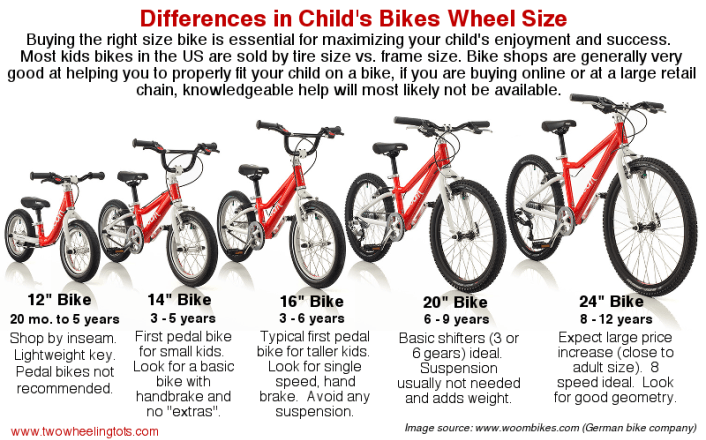 Each company has its own opinion on this matter. We analyzed several of them and the information they posted on their official websites.
Each company has its own opinion on this matter. We analyzed several of them and the information they posted on their official websites.
Michelin
The French tire manufacturer Michelin has become famous for its active fight against the perception of the rapid aging of tires as a perishable product. Her information campaign "Tires Are Not Bananas" created a lot of noise in the automotive environment. According to the representative office, several test trials were carried out in Saudi Arabia, South Korea and Germany. As a result of testing, no difference was found between new tires and tires stored for 3 years. They were tested for various characteristics such as rolling resistance, high speed durability, etc. Tires with a year life were approximately equal in performance to 10-year unused tyres.
Michelin focuses the attention of car owners on the fact that tires are not a perishable product, their shelf life is not as important as the service life is important, starting from the date the tires are installed on the rims.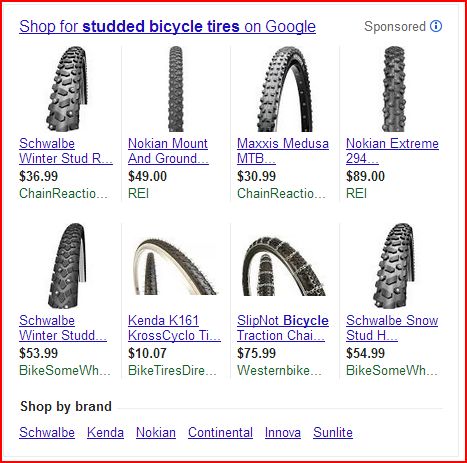 It is from this moment that the tire is subjected to all tests: pressure, temperature changes, wear, contact with uneven and sharp coatings, etc.
It is from this moment that the tire is subjected to all tests: pressure, temperature changes, wear, contact with uneven and sharp coatings, etc.
Continental
On the Russian official website of Continental, we found the following information on the expiration dates of tires.
“When a tire is stored in the correct position and under the recommended conditions, it will not lose its original balanced performance for 5 years from the date of manufacture of the tire.
A properly maintained, unused tire less than 5 years old can be sold as a new tire and used normally.
Continental recommends replacing all tires (including spares) with a sidewall date greater than 10 years.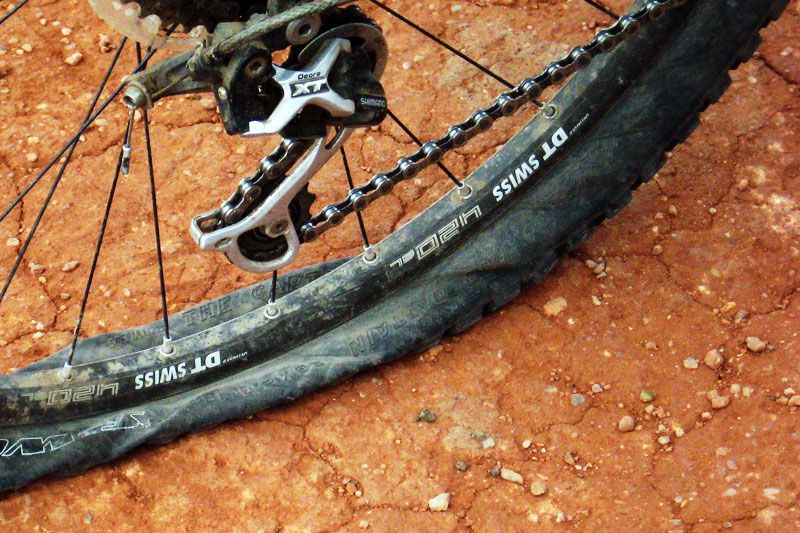
Nokian
The following information is posted on the Nokian official website:
“Tire life is not defined by law, but tires can only be considered “new” if they have been manufactured within the last five years. The recommended service life of tires is six years and the recommended maximum period is 10 years.
The opinion of our specialists, based on many years of experience, coincides with the opinion of manufacturers: the shelf life is 5 years + the service life is up to 10 years. Moreover, more "adult" tires, in our opinion, are of better quality.
To keep tires as long as possible, they are stored in compliance with all rules and recommendations. The main condition is a cool, ventilated, darkened room away from oils, paints, ozone, and heat sources.
Rubber products tend to lose their performance over the years. To prevent and slow down this process, manufacturers add polymers to the rubber compound.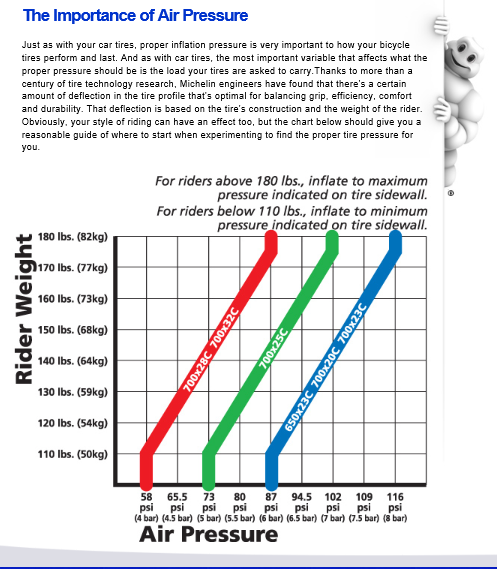 They prevent oxidative processes that occur due to the interaction of protectors with oxygen and ozone.
They prevent oxidative processes that occur due to the interaction of protectors with oxygen and ozone.
The following are the main conditions for the proper storage of tires in accordance with GOST 24779-81:
Maintaining a constant regime without sudden jumps, slight temperature fluctuations from -30°С to +35°С are allowed;
Provide a low humidity level of 50-80% in a dry, ventilated cool room;
Avoid direct sunlight, use darkened hangars, shield heat sources;
Keep away from sources of heat;
Tires should not come into contact with corrosive, copper materials.
Avoid kinking, loading or positioning on an uneven surface.
Avoid contact with oils, organic solvents, acids, alkalis, fuels and lubricants on the tire surface. It is forbidden to lay tires on a wet and dirty surface.
In the warm season, when storing tires outside, they should be covered with light-tight material and raised above ground level to ensure ventilation and prevent the occurrence of the greenhouse effect.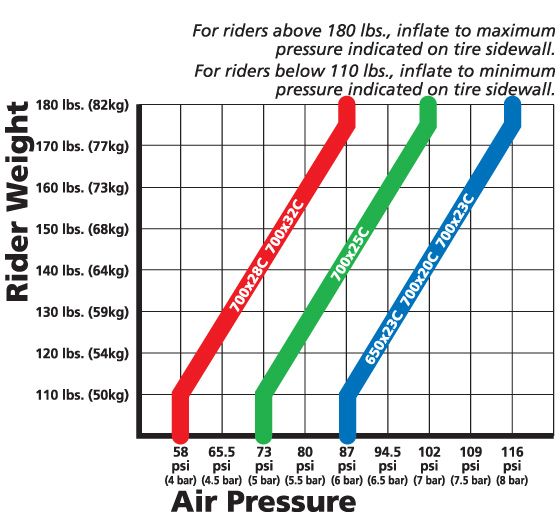
Storage on reflective, light and heat absorbing surfaces is prohibited.
Keep away from chemicals, oils, paints, open flames, electric motors that produce ozone.
Used tires must be washed and dried.
Tires without rims should be stored upright.
The service life depends on many factors: the load on the car, the quality of the roads, the driving style, the distance traveled, tire damage, etc. To increase their service life, follow these rules:
Check tire pressure every 2-3 weeks. With reduced pressure, tire wear increases by the equivalent of a % reduction. For example, a 15% reduction in pressure can result in a 15% reduction in service life. Inflated tires are less scary.
The wear of the front tires is always significantly higher than the rear ones, so it is recommended to swap them after some time, carefully watching the direction of the tread pattern and the direction of rotation.